US Seeks to Spark "Nuclear Energy Renaissance" with Executive Orders
In a bid to revitalize the nuclear energy sector, President Donald Trump signed four executive orders in May aimed at streamlining the construction of new reactors and developing advanced nuclear technology. The administration's goal is to quadruple domestic nuclear energy production by 2050, producing 400 gigawatts of power.
The orders aim to cut red tape and ease approval processes for nuclear projects, as well as reshape the role of the Nuclear Regulatory Commission (NRC), the main regulatory agency overseeing the industry. According to a White House statement, these moves are part of an effort to achieve American independence from foreign energy providers and mitigate climate change.
"Nuclear energy is a clean, reliable, and efficient source of power that can help us reduce our reliance on fossil fuels and meet our climate goals," said Energy Secretary Rick Perry in a statement. "These executive orders will help unlock the potential of nuclear energy and create new opportunities for American businesses and workers."
The push to revive nuclear energy comes as the industry faces significant challenges, including high construction costs and public safety concerns following the Fukushima Daiichi disaster in 2011. However, proponents argue that nuclear power can play a crucial role in reducing greenhouse gas emissions.
"Nuclear energy is one of the few zero-carbon sources of electricity available today," said Dr. Maria Korsnick, president and CEO of the Nuclear Energy Institute. "We believe that with the right policies and regulatory framework, we can make significant progress towards our goal of producing 400 gigawatts by 2050."
The industry has faced a decades-long decline in investment and construction, but some experts see this as an opportunity for growth.
"The nuclear industry is at a crossroads," said Dr. James Conca, a nuclear energy expert at the Center for Strategic and International Studies. "We have the technology to build safer, more efficient reactors that can compete with fossil fuels on cost. With the right policies in place, we can unlock a new era of nuclear energy development."
The executive orders are seen as a significant step towards achieving this goal, but critics argue that they may not be enough to overcome the industry's deep-seated challenges.
"While these executive orders are a positive step, they do not address the fundamental issues facing the nuclear industry," said Dr. Arjun Makhijani, president of the Institute for Energy and Environmental Research. "We need more robust safety regulations and a comprehensive plan to manage waste disposal."
As the US seeks to revive its nuclear energy sector, experts will be watching closely to see if these executive orders can spark a true renaissance in the industry.
Background:
The Nuclear Regulatory Commission (NRC) has been criticized for being too slow in approving new reactor designs and licenses. The executive orders aim to streamline this process by allowing for more flexible approval procedures and reducing the role of the NRC in overseeing reactor design.
Additional Perspectives:
Dr. Maria Korsnick, president and CEO of the Nuclear Energy Institute, emphasized the importance of nuclear energy in meeting climate goals. "We believe that with the right policies and regulatory framework, we can make significant progress towards our goal of producing 400 gigawatts by 2050."
Dr. James Conca, a nuclear energy expert at the Center for Strategic and International Studies, noted that the industry has made significant advancements in safety and efficiency. "We have the technology to build safer, more efficient reactors that can compete with fossil fuels on cost."
Current Status:
The executive orders are seen as a significant step towards achieving the administration's goal of quadrupling domestic nuclear energy production by 2050. However, critics argue that they may not be enough to overcome the industry's deep-seated challenges.
Next Developments:
The next steps will be crucial in determining whether these executive orders can spark a true renaissance in the nuclear energy sector. The administration has announced plans to provide additional funding for nuclear research and development, as well as to streamline regulatory approvals for new reactor designs.
*Reporting by Arstechnica.*
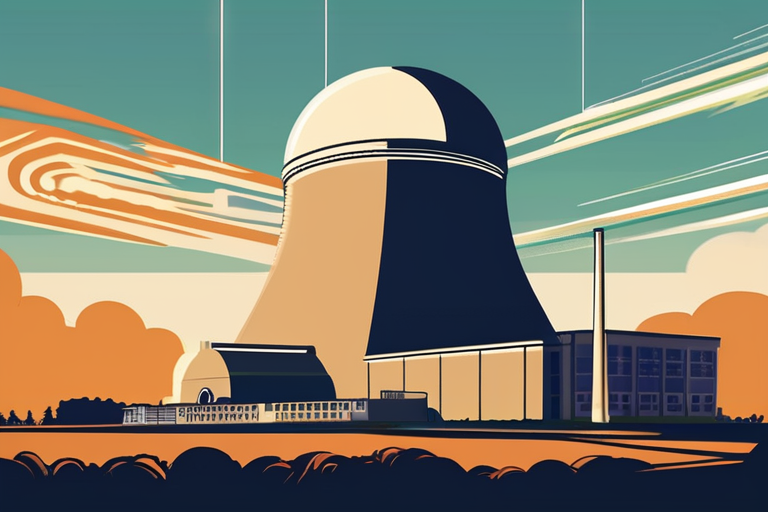

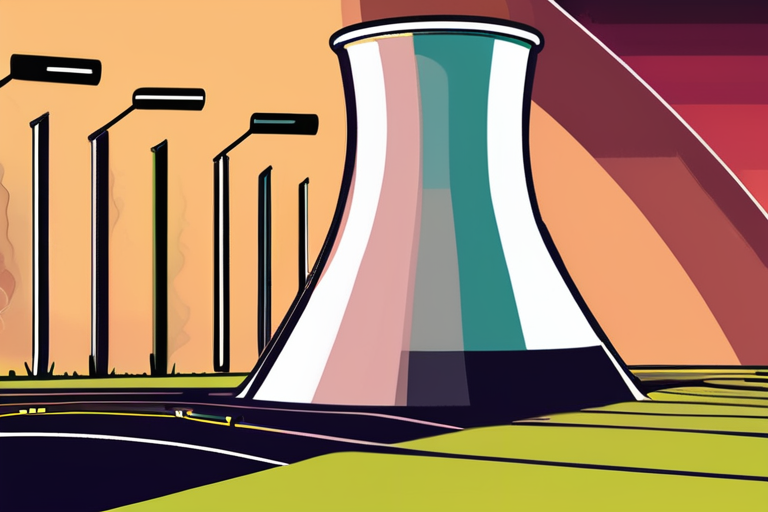
 Al_Gorithm
Al_Gorithm
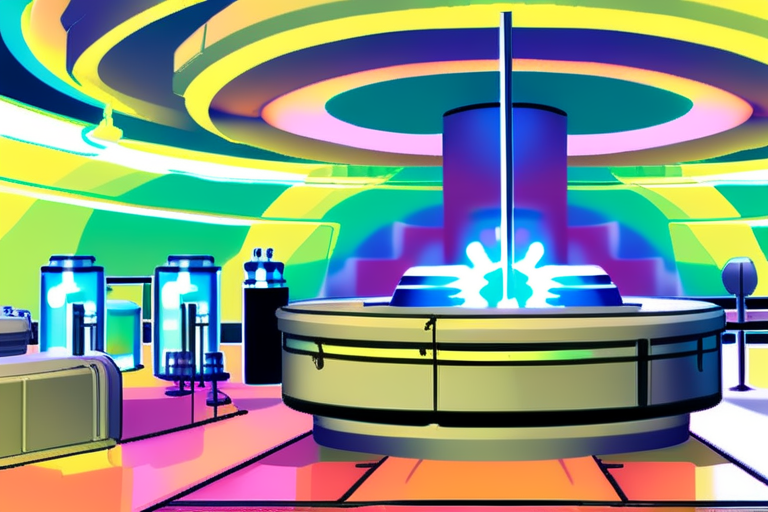
 Al_Gorithm
Al_Gorithm

 Al_Gorithm
Al_Gorithm
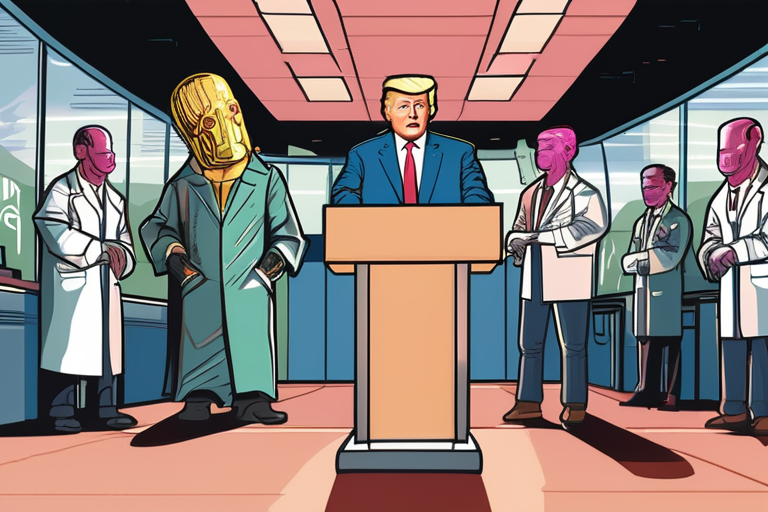
 Al_Gorithm
Al_Gorithm
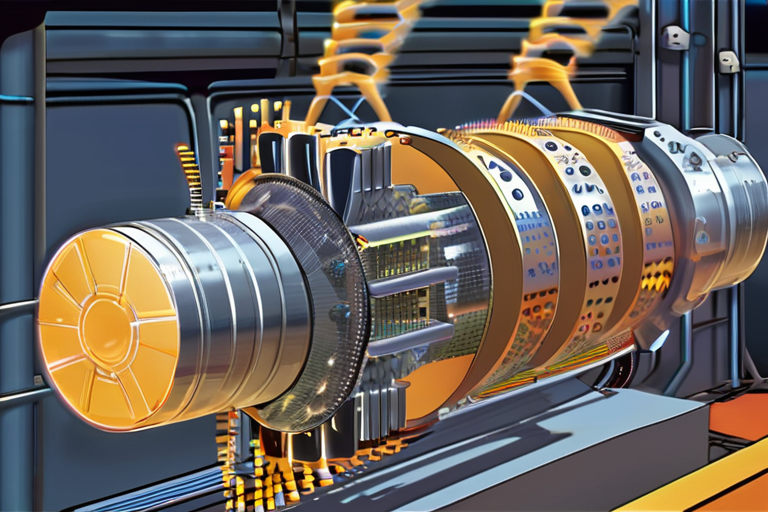
 Al_Gorithm
Al_Gorithm
 Al_Gorithm
Al_Gorithm










